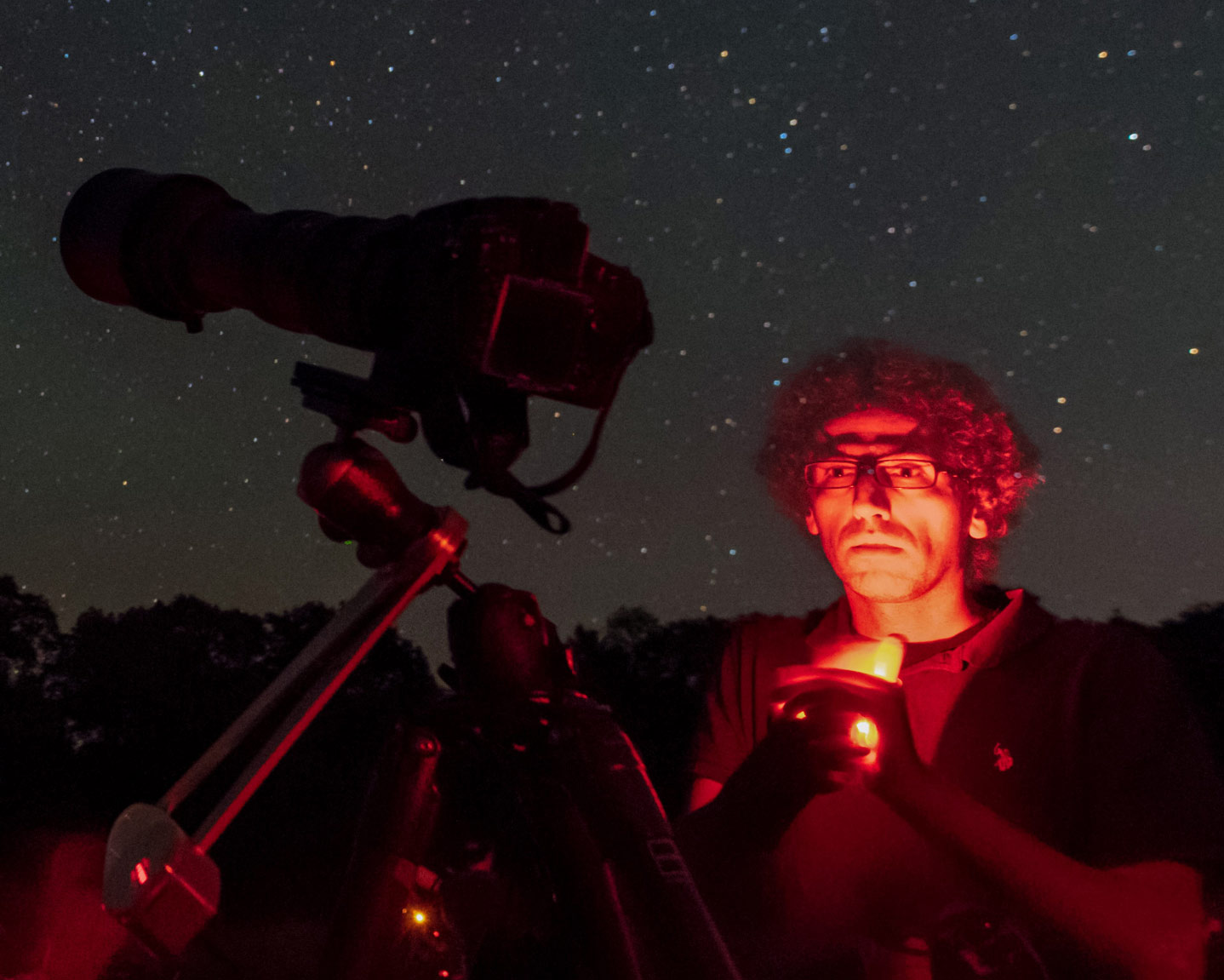To me, “Earthrise” is the icon of exploration, a symbol of curiosity and borderless adventures of our kind, beyond our daily physical needs.
It first struck me about 25 years after it was photographed by Apollo 8 astronauts in 1968. I was a restless teenager obsessed with science fiction and stargazing. I saw it on a large screen projected on the dome of a planetarium. I can still remember the long moment that I stopped breathing. The marble blue Earth is the beauty of the scene, but that little horizon of the barren moon is the essential element that ignites dreams for the future and the sense of exploration.

It was not the first earthrise photograph above the moon surface. The robotic spacecraft Lunar Orbiter 1 captured the first one in 1966 at lower resolution in black and white. More importantly, from a journalism aspect, it was not photographed by a witnessing human, wandering in outer space some 240,000 miles away from home.
The Apollo 8 astronauts were not required to photograph this scene, nor they were anticipating it —they were focused on the extremely challenging mission. But in that moment, they sensed the importance of recording it.
Seeing your home from the horizon of another world, you truly understand that mankind has finally left its cradle to explore other worlds.
That’s why this image has inspired so many of us. I started night sky photography a bit after that planetarium show, and my passion and career never stopped growing.
From an astrophotographer point of view, a remarkable aspect of the image is the size of the Earth.
The photograph was taken with a 250mm Zeiss telephoto lens on a Hasselblad medium format camera, similar to the field of view of a 135mm lens on a regular 35mm camera. Through the same lens, the moonrise in the Earth sky appears almost four times smaller and far less dramatic. The sky is pitch black in the hand-held exposure, on a low-speed, custom-made Ektachrome film (1/250th of a second at f11). A longer exposure of a few seconds could reveal some stars but would largely overexpose the bright, sunlit moon and Earth.
From a photojournalism point of view, an interesting aspect of the image is how its worldwide publication changed the course of the space race, which started in the 1950s. The race was largely driven by political leaders to establish a new superpower. An immense budget and public will supported both Soviet and American space scientists to advance technologies like never before. The Soviet Sputnik satellite launched the Space Age in 1957. The United States remained second, until Apollo 8 reached the moon orbit and all three earthrise photographs proved influential in changing the course.
Seven months later, in July 1969, Apollo 11 landed on the moon. After the Apollo programs, the manned space race faded away and efficient robotic exploration of the solar system at far less cost became the main focus of ever-increasing international collaborations.
The global reach of “Earthrise” was also perceived by environmentalists: the look at our unified planet from a distance, showing the unique but fragile spaceship that we all share.
This is a remarkable example of photography for change. Some consider it the beginning of the global environmental movement.
From an art perspective, “Earthrise” is one of several iconic photographs that involves the moon. The enduring influence of Earth’s celestial neighbor is widely evident in art and spans cultures across the globe. “Moonrise over Hernandez” (1941) and “The Moon and Half Dome” (1960) by Ansel Adams are two other examples. “The Pond — Moonlight” (1904) by Edward Steichen is one of the earliest color images that includes the moon.
It’s also one of the most expensive images ever sold — in an art auction, for about $3 million.
Babak Tafreshi is a National Geographic photographer specializing in astronomy and space, the founder of The World at Night (TWAN) program, and a science journalist. His images merge art, culture, and science by bridging Earth & sky.






